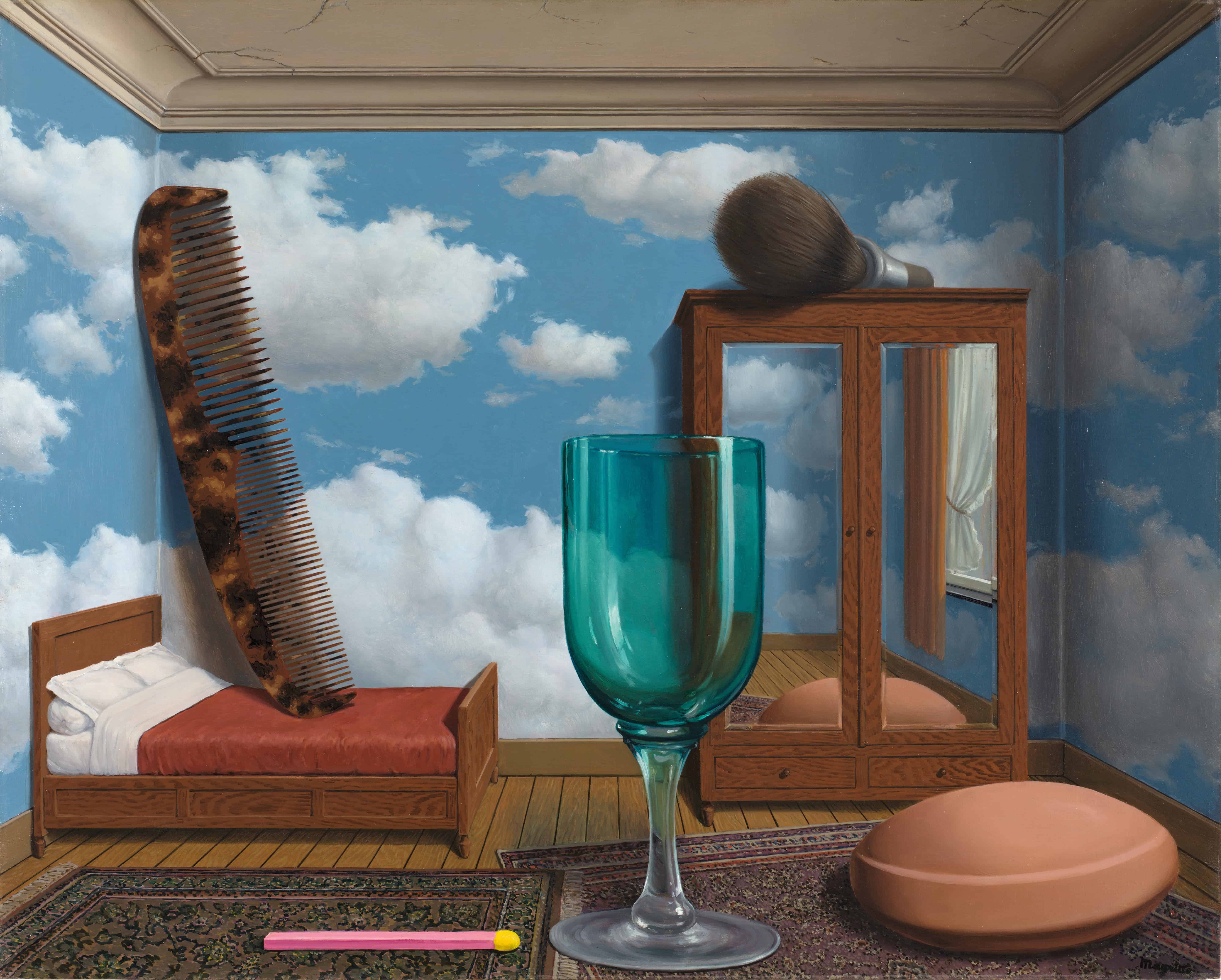View
Clear All
Zero Results
No matches have been found, but this doesn’t mean the work you are looking for is not in the archive. Please use these tips to improve your search results:
- Use a single search term in the search bar, and then use the filters on the left hand side to refine the results further. For example, if you are searching for Heinz adverts from a particular agency, search for either Heinz or the agency in the search bar, and then select the client (Heinz) or the agency with the filters.
- You can refine with further filters, such as photographer or country
- You can also search within magazines or books by first selecting the publication from the two dropdowns above, and then entering your search term
- Lürzer's Archive contains thousands of adverts going back four decades. All the data for this work has been added by our users, and over time brands and agencies may have changed their names, or work may have been entered under a range of client names - for example, VW could also have been added as Volkswagen. So it is worth trying a range of spellings, as well as widening your definitions and trying different search terms.
We are continuously trying to improve our search so please contact us with any feedback.



